Power games: Calvert 22 examines post-Soviet architecture through art
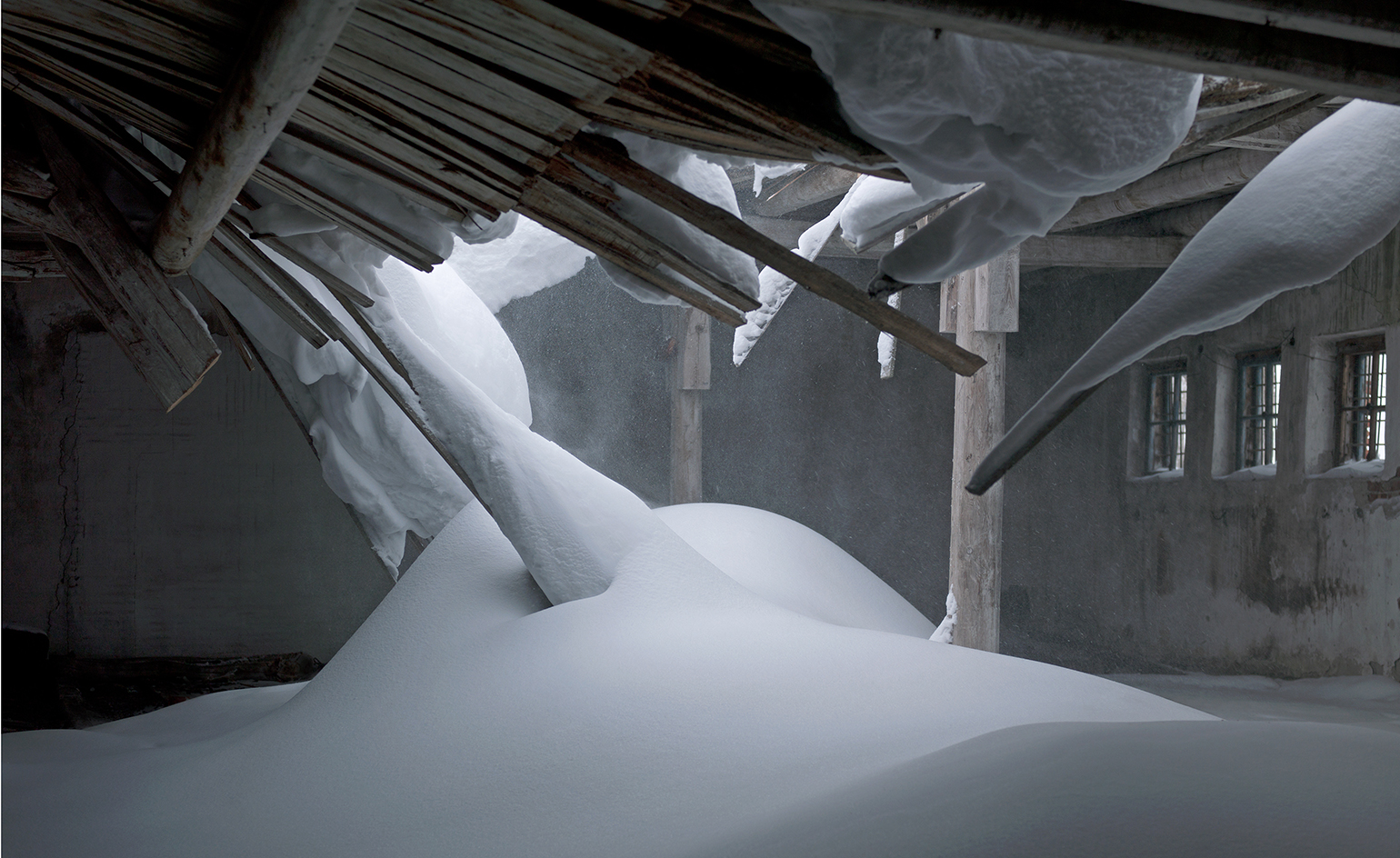
Calvert 22, the UK's only not-for-profit institution solely dedicated to the presentation of contemporary art originating from Russia and Eastern Europe, has just introduced its latest offering; the multi-layered and fascinating 'Power and Architecture' series, curated by programme manager Will Strong and creative director Ekow Eshun.
Architecture, argues the team, is a means to capture the zeitgeist and a society's power, influence and status. Stalin’s seven Vysotki buildings (also known as the Seven Sisters) in Moscow and Astana’s gleaming Bayterek Tower are key examples, both looming over citizens of the Soviet Union, symbolically representing their ruler's grand ambitions. This programme sets out to explore how the built environment in the Russian and Eastern European regions can be similarly used as an influential device, figuratively, psychologically and practically, both as a prominent feature of a city’s skyline and for the residents who live within.
The programme of events will commence with a conference around the theme and related talks, directly followed by a four-part exhibition, and to conclude with a set of workshops. The exhibition series will open with 'Utopia and Modernity', a show reflecting on the modernist vision of a socialist city and presenting several artists’ interpretations of a future utopia. Artist Anton Ginzburg, for example, delves into a quest for perfection and its potentially devastating impact.
This show is followed by 'Dead space and ruins', which showcases the work of three photographers who have documented the architectural remnants of the Soviet vision. Meanwhile, Vahram Aghasyan’s photographic series Ghost City will act as a tribute to the disused and decaying buildings scattered across the landscape.
The third instalment, 'Citizen activated space – Museum of Skateboarding' is a brand new commission by Calvert 22. The piece by Kirill Savchenkov will explore the skateboarding subculture, not only as a sport but also as a useful tool through which to explore the post-Soviet suburbs of Russia. Savchenkov’s installation illustrates how through this assessment, a different meaning can be given to a city’s architectural interventions.
The quartet’s final chapter, 'The afterlives of Modernity – shared values and routines' will investigate the notion of utopian public spaces and the quest to discover a new national identity. Monumental Propaganda, a visual research series by Donald Weber explores the sites where monuments had once previously stood but where only empty pedestals remain today.
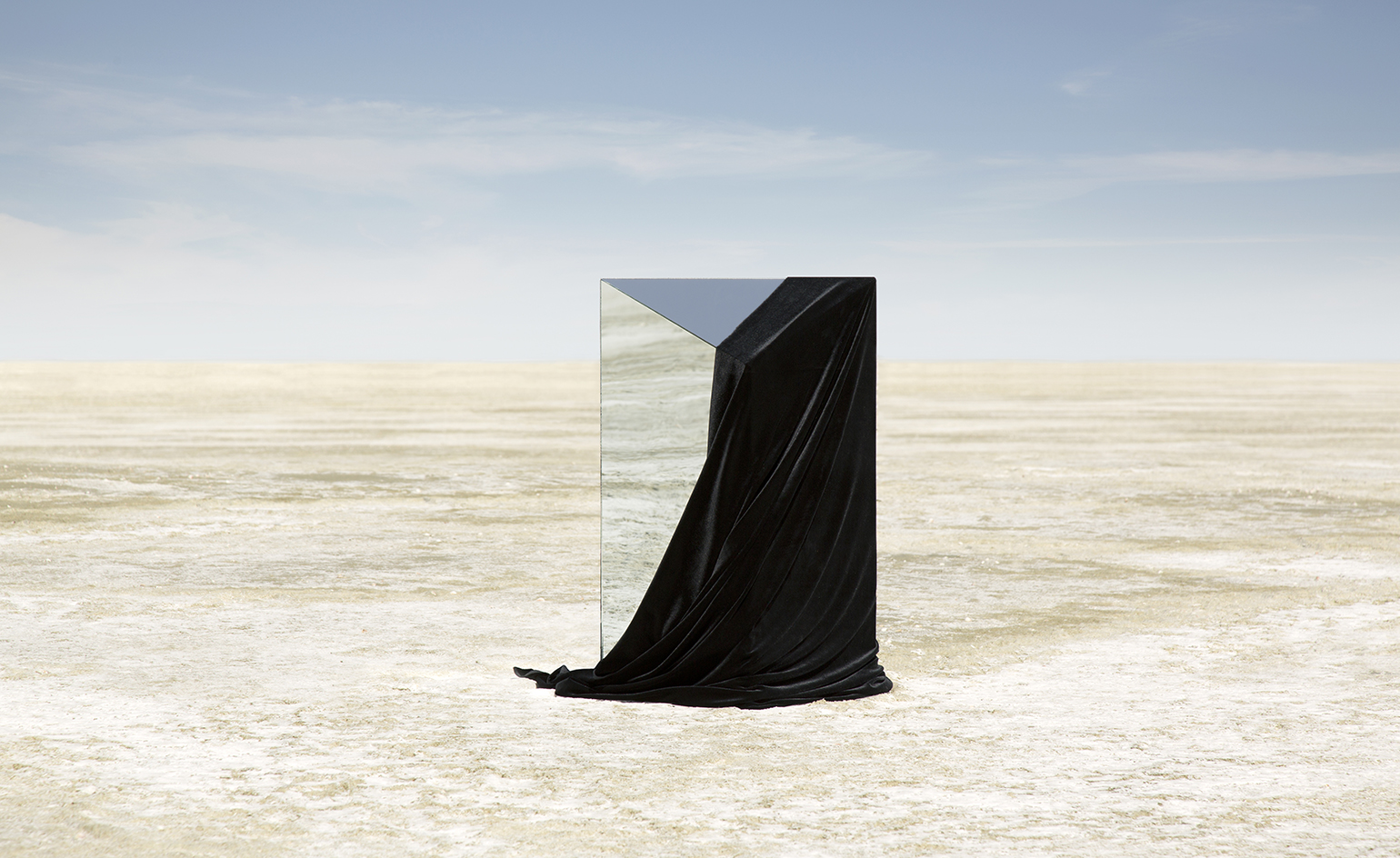
In his films Hyperborea and Walking the Sea, Anton Ginzburg explores the quest for a perfect, utopian life and its potenially devastating consequences.
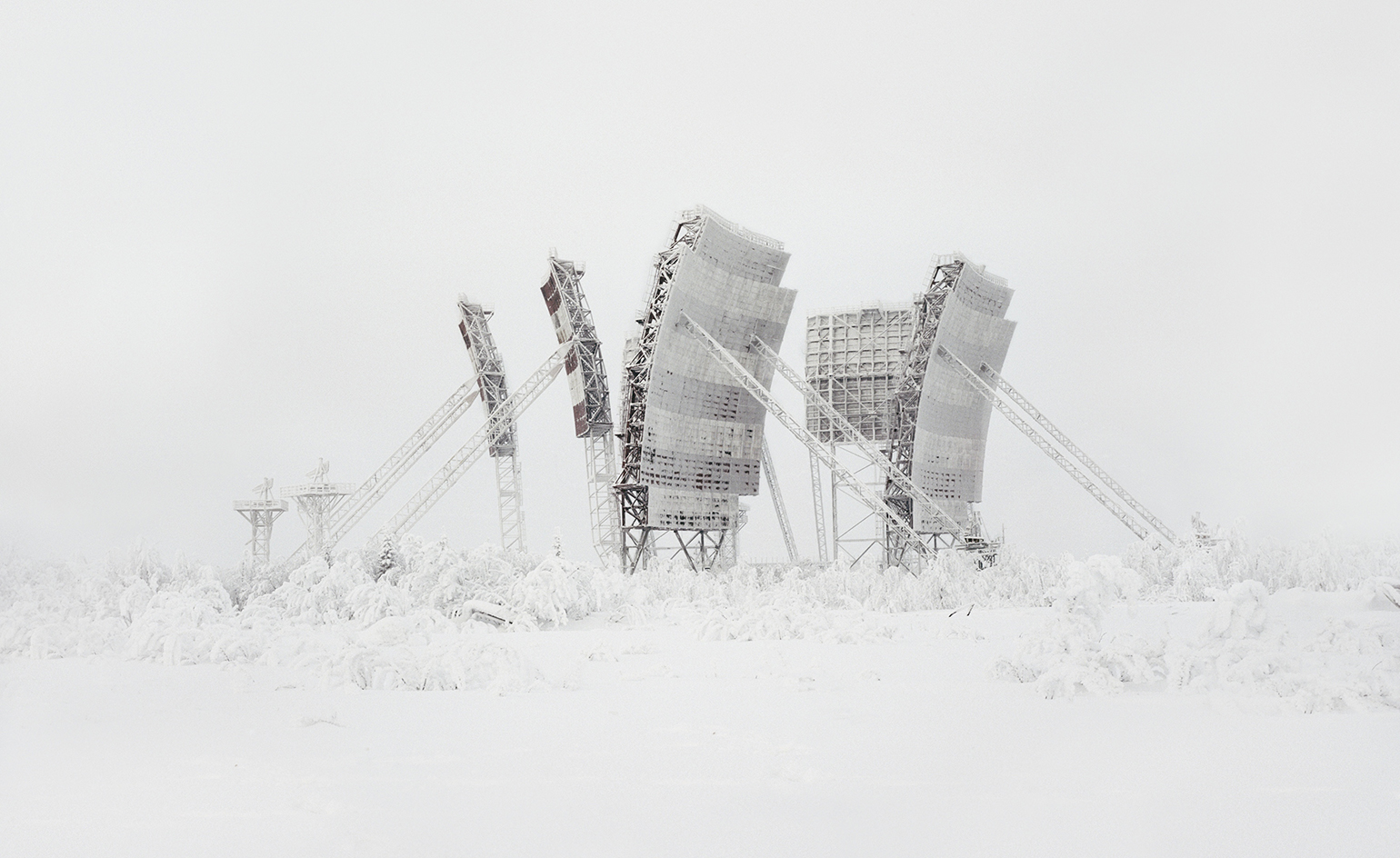
Danila Tkachenko's work, Restricted Areas, documents the artist's travels to frozen, abandoned and forgotten sites, across parts of his country's desolate landscape.
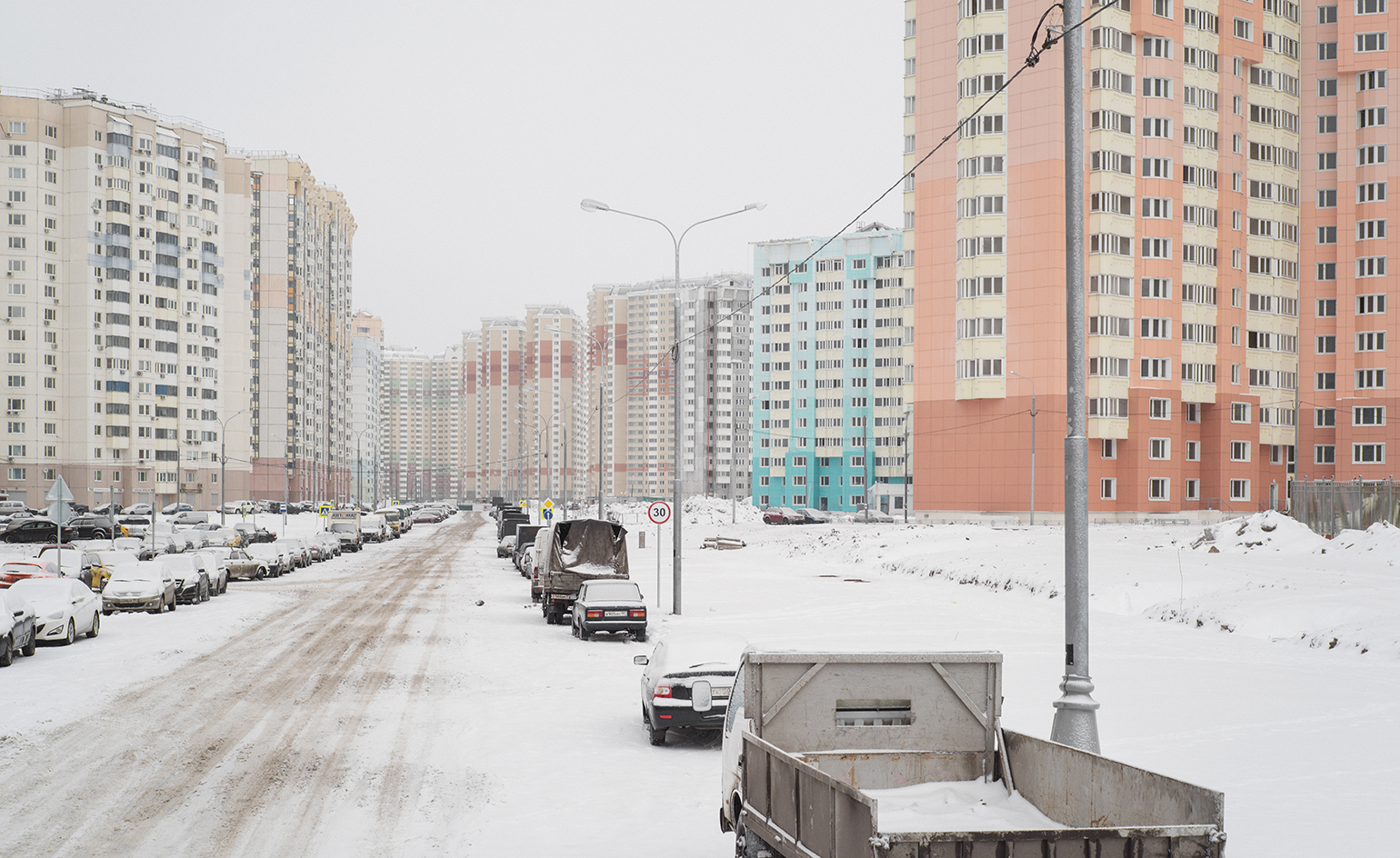
Dmitry Lookianov’s Instant Tomorrow series provides a vision of the near future through the setting of Muscovite apartment life.

Within this context, the artist places minimalistic furniture and repetitious architecture to create a suburban 'utopia'
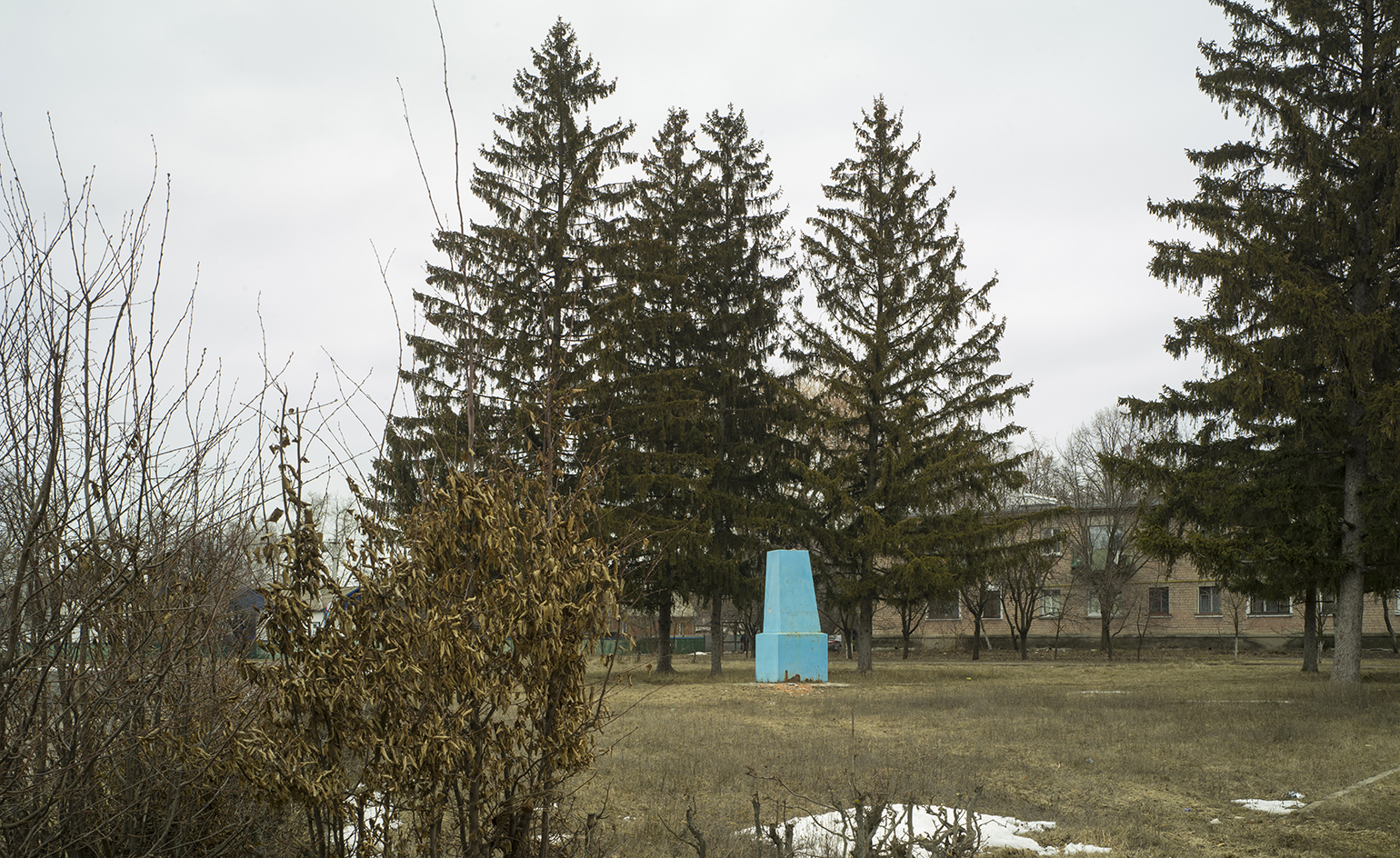
Monumental Propaganda is a visual research series by Donald Weber, documenting sites, where monuments had once previously stood but where only empty pedestals remain today.

Eric Lusito's photographic series, Traces of the Soviet Empire catalogues the haunting ruins of former bases, monuments and equipment of the former USSR.
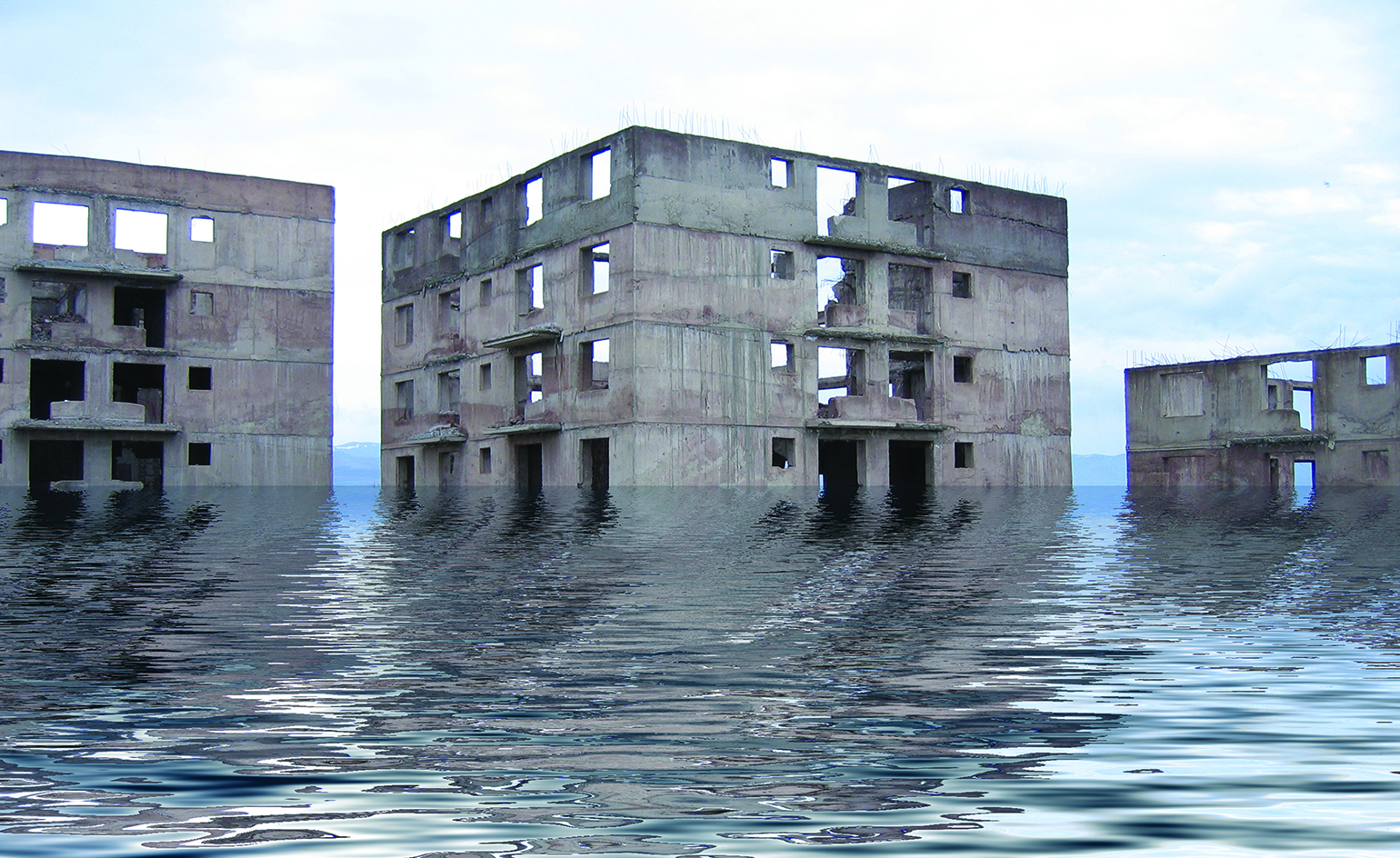
Vahram Aghasyan's images act as a reminder of deserted urban areas across the Soviet Empire. His series, Ghost City, acts as a tribute, exploring and experimenting with disused and decaying buildings.
INFORMATION
’Power and Architecture’ runs until the 9th October 2016. For more information, visit Calvert 22 Foundation’s website
ADDRESS
Calvert 22
22 Calvert Ave
London E2
United Kingdom
Receive our daily digest of inspiration, escapism and design stories from around the world direct to your inbox.
-
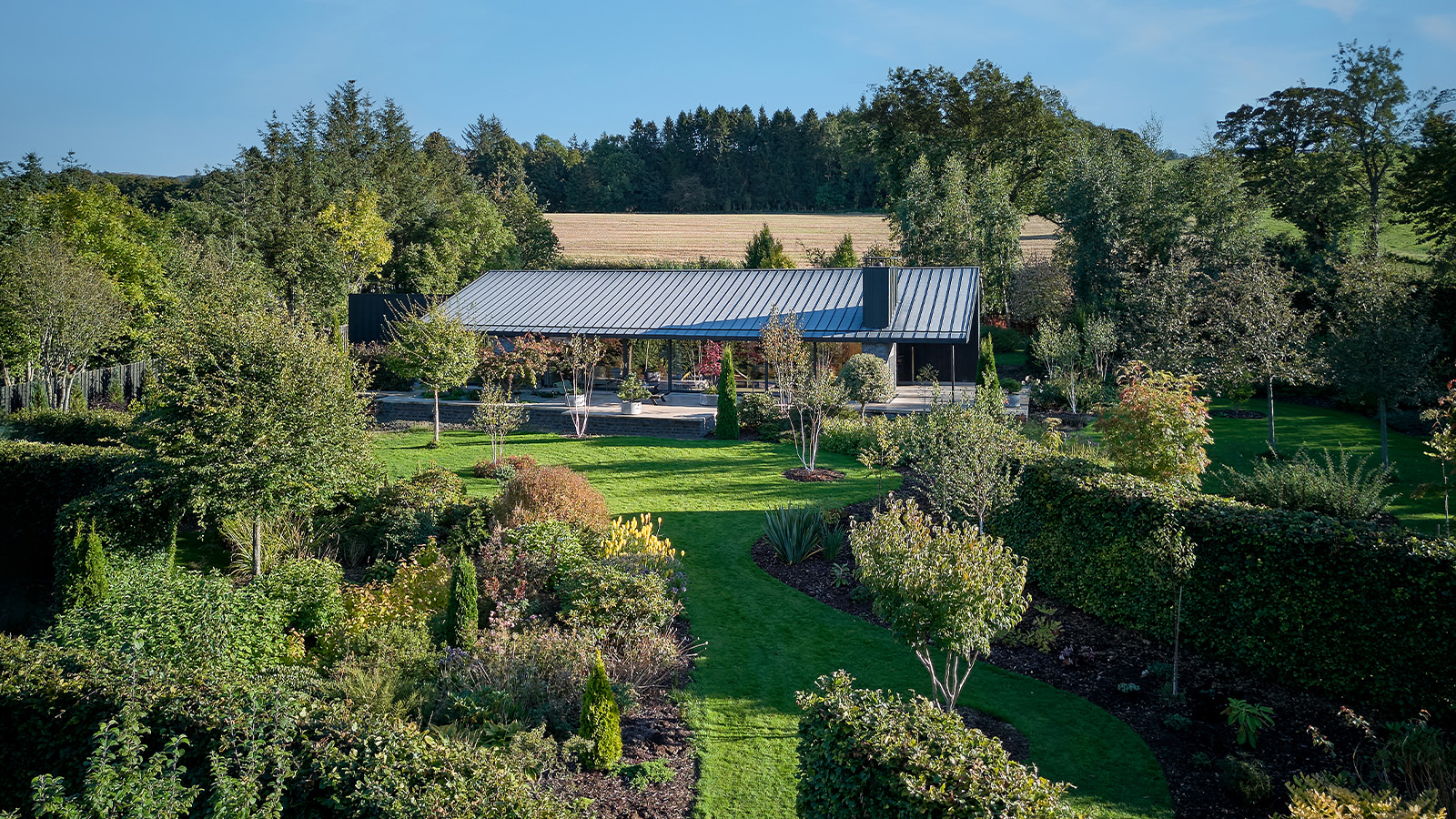 A compact Scottish home is a 'sunny place,' nestled into its thriving orchard setting
A compact Scottish home is a 'sunny place,' nestled into its thriving orchard settingGrianan (Gaelic for 'sunny place') is a single-storey Scottish home by Cameron Webster Architects set in rural Stirlingshire
-
 7 colours that will define 2026, from rich gold to glacier blue
7 colours that will define 2026, from rich gold to glacier blueThese moody hues, versatile neutrals and vivid shades will shape the new year, according to trend forecasters
-
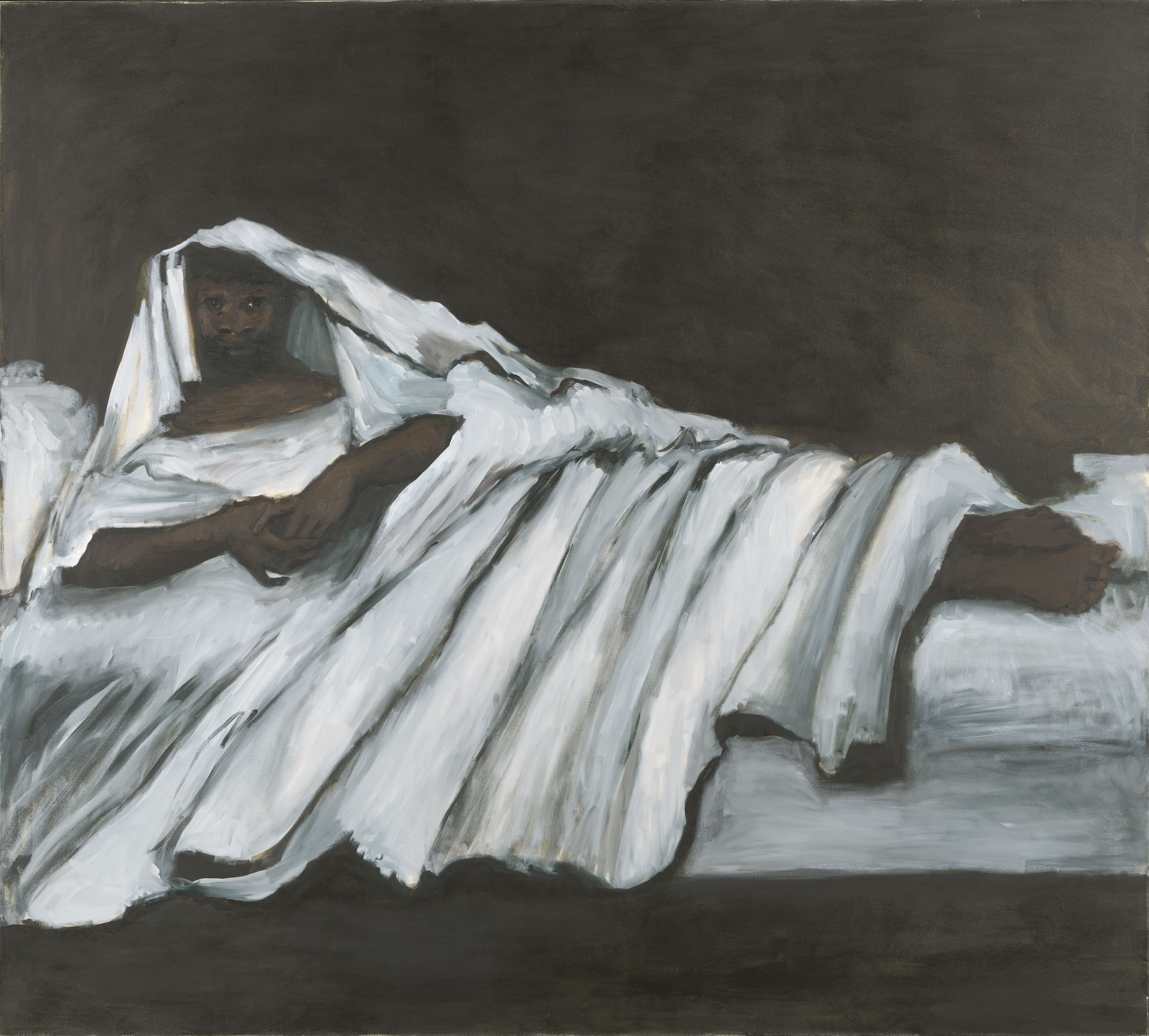 In Norway, discover 1000 years of Queer expression in Islamic Art
In Norway, discover 1000 years of Queer expression in Islamic Art'Deviant Ornaments' at the National Museum of Norway examines the far-reaching history of Queer art
-
 A compact Scottish home is a 'sunny place,' nestled into its thriving orchard setting
A compact Scottish home is a 'sunny place,' nestled into its thriving orchard settingGrianan (Gaelic for 'sunny place') is a single-storey Scottish home by Cameron Webster Architects set in rural Stirlingshire
-
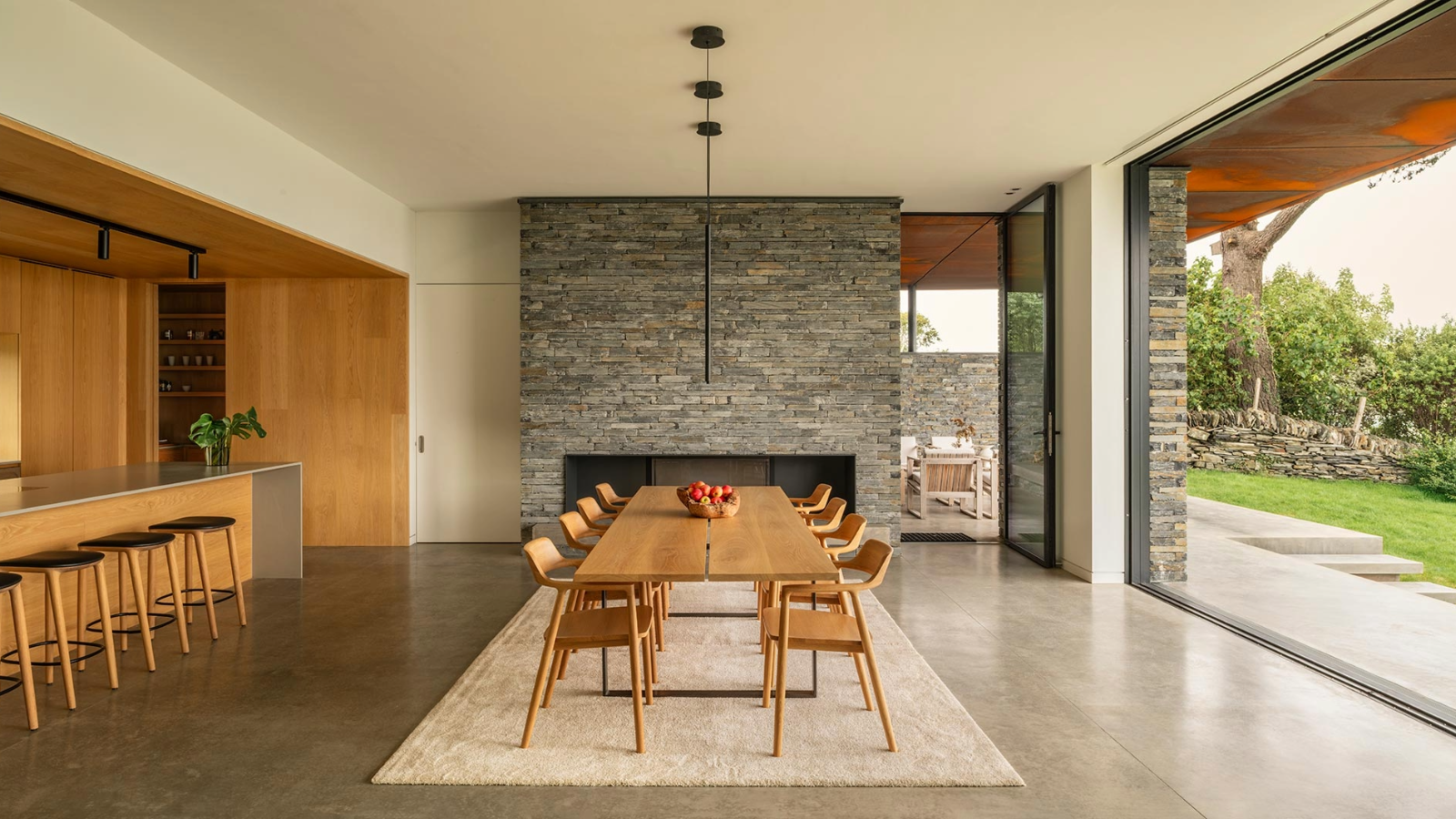 Porthmadog House mines the rich seam of Wales’ industrial past at the Dwyryd estuary
Porthmadog House mines the rich seam of Wales’ industrial past at the Dwyryd estuaryStröm Architects’ Porthmadog House, a slate and Corten steel seaside retreat in north Wales, reinterprets the area’s mining and ironworking heritage
-
 Arbour House is a north London home that lies low but punches high
Arbour House is a north London home that lies low but punches highArbour House by Andrei Saltykov is a low-lying Crouch End home with a striking roof structure that sets it apart
-
 A former agricultural building is transformed into a minimal rural home by Bindloss Dawes
A former agricultural building is transformed into a minimal rural home by Bindloss DawesZero-carbon design meets adaptive re-use in the Tractor Shed, a stripped-back house in a country village by Somerset architects Bindloss Dawes
-
 RIBA House of the Year 2025 is a ‘rare mixture of sensitivity and boldness’
RIBA House of the Year 2025 is a ‘rare mixture of sensitivity and boldness’Topping the list of seven shortlisted homes, Izat Arundell’s Hebridean self-build – named Caochan na Creige – is announced as the RIBA House of the Year 2025
-
 In addition to brutalist buildings, Alison Smithson designed some of the most creative Christmas cards we've seen
In addition to brutalist buildings, Alison Smithson designed some of the most creative Christmas cards we've seenThe architect’s collection of season’s greetings is on show at the Roca London Gallery, just in time for the holidays
-
 In South Wales, a remote coastal farmhouse flaunts its modern revamp, primed for hosting
In South Wales, a remote coastal farmhouse flaunts its modern revamp, primed for hostingA farmhouse perched on the Gower Peninsula, Delfyd Farm reveals its ground-floor refresh by architecture studio Rural Office, which created a cosy home with breathtaking views
-
 A revived public space in Aberdeen is named Scotland’s building of the year
A revived public space in Aberdeen is named Scotland’s building of the yearAberdeen's Union Terrace Gardens by Stallan-Brand Architecture + Design and LDA Design wins the 2025 Andrew Doolan Best Building in Scotland Award